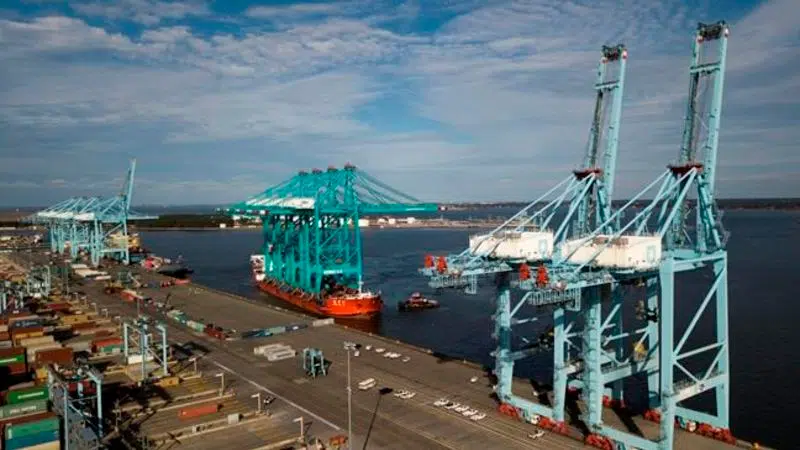
US trade gap falls 15 per cent to $51.1 billion in January
WASHINGTON — The U.S. trade deficit tumbled nearly 15 per cent in January as imports fell and exports rose. Shipments of American goods to China skidded to the lowest level in more than eight years as the world’s two biggest economies remained locked in a trade war.
The Commerce Department said Wednesday that the gap between the goods and services that the United States sells and what it buys from other countries dropped by 14.6 per cent to $51.1 billion in January from $59.9 billion in December. Exports rose 0.9 per cent to $207.3 billion, and imports dropped 2.6 per cent to $258.5 billion.
The deficit in the trade of goods with China narrowed by 6.4 per cent to $34.5 billion. U.S. goods exports to China dropped 22.3 per cent to $7.1 billion, lowest since September 2010; Chinese imports dropped 9.6 per cent to $41.6 billion.



